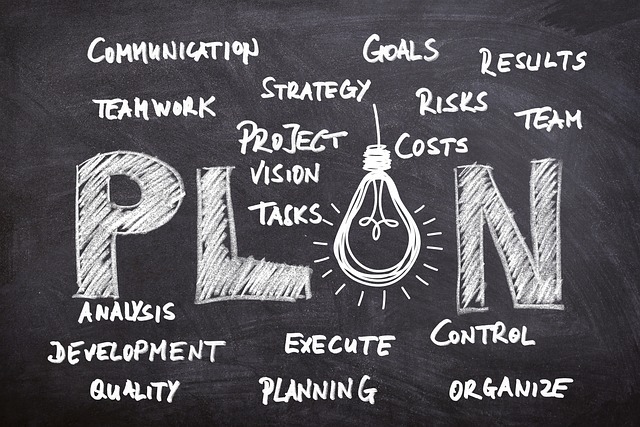
Systems Thinking
Understanding Systems Thinking
Systems thinking is a holistic approach to problem-solving that emphasizes the interconnectedness of various elements within a system. This methodology draws upon systems theory and the system sciences, offering a framework that can be applied across different fields, including business, education, and environmental studies. By recognizing the relationships and patterns within a system, individuals and organizations can develop more effective strategies for addressing complex challenges.
The Foundations of Systems Thinking
At its core, systems thinking encourages a shift from linear thinking to a more dynamic perspective. Traditional problem-solving often focuses on isolated components, which can lead to incomplete solutions. In contrast, systems thinking promotes an understanding of how various parts interact and influence one another. This approach is particularly beneficial in workplace settings, where challenges often arise from multifaceted issues.
Key Concepts in Systems Thinking
- Critical Systems Heuristics: This framework identifies twelve boundary categories that help organize thoughts and actions when analyzing a system. By clarifying these boundaries, individuals can better understand the scope of the problem and the stakeholders involved.
- DSRP Framework: DSRP stands for Distinctions, Systems, Relationships, and Perspectives. This framework aims to generalize various systems thinking approaches, making it easier to apply the principles across different contexts.
- EPIC Approach: The EPIC approach within critical systems thinking focuses on engaging stakeholders, promoting participation, and fostering collaboration. This is crucial for ensuring that diverse perspectives are considered in the decision-making process.
Implementing Systems Thinking in the Workplace
Introducing systems thinking into an organization can be a transformative experience. Here are some practical tips to get started:
- Educate and Train: Begin by providing training sessions for employees to familiarize them with systems thinking principles. Workshops and seminars can be effective in building a foundational understanding.
- Encourage Collaboration: Foster an environment where team members feel comfortable sharing their insights and perspectives. Collaborative discussions can lead to richer analyses and more innovative solutions.
- Utilize Visual Tools: Diagrams and flowcharts can help visualize complex systems and their interactions. These tools can aid in identifying patterns and relationships that may not be immediately apparent.
- Start Small: Implement systems thinking on a small scale before expanding its application across the organization. This allows for experimentation and adjustment based on initial outcomes.
- Evaluate and Reflect: Regularly assess the effectiveness of systems thinking initiatives. Reflection on successes and challenges can provide valuable insights for future applications.
The Benefits of Systems Thinking
Adopting a systems thinking approach can lead to numerous benefits for organizations. By fostering a deeper understanding of complex issues, teams can develop more comprehensive solutions that address root causes rather than merely treating symptoms. This holistic perspective can enhance communication, improve collaboration, and ultimately lead to more sustainable outcomes.
Conclusion
Systems thinking is a powerful tool for navigating the complexities of modern challenges. By embracing this approach, individuals and organizations can cultivate a more integrated understanding of the systems in which they operate. As the world continues to evolve, the ability to think systemically will be increasingly essential for effective problem-solving and decision-making.

















 Workplace Policies and Procedures Quick Check
Workplace Policies and Procedures Quick Check 
 Health
Health  Fitness
Fitness  Lifestyle
Lifestyle  Tech
Tech  Travel
Travel  Food
Food  Education
Education  Parenting
Parenting  Career & Work
Career & Work  Hobbies
Hobbies  Wellness
Wellness  Beauty
Beauty  Cars
Cars  Art
Art  Science
Science  Culture
Culture  Books
Books  Music
Music  Movies
Movies  Gaming
Gaming  Sports
Sports  Nature
Nature  Home & Garden
Home & Garden  Business & Finance
Business & Finance  Relationships
Relationships  Pets
Pets  Shopping
Shopping  Mindset & Inspiration
Mindset & Inspiration  Environment
Environment  Gadgets
Gadgets  Politics
Politics 